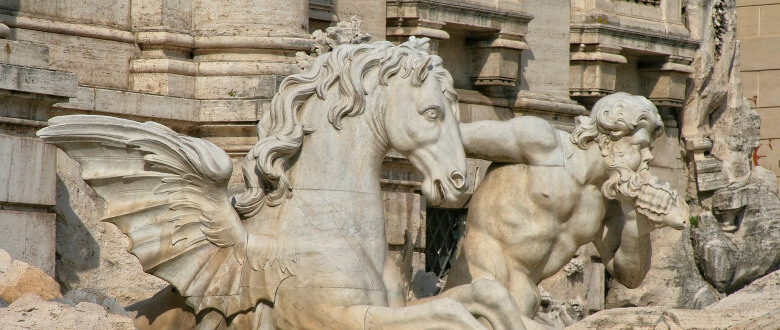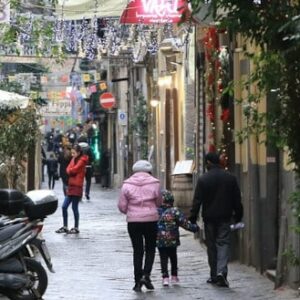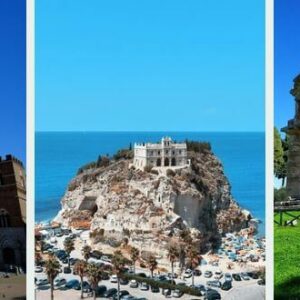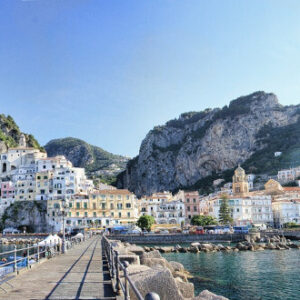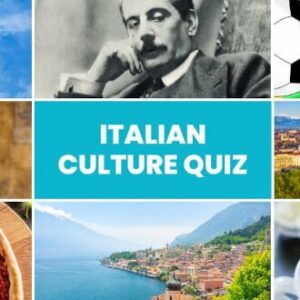It is easy to see why Rome is one of the most visited and loved cities in the world, thanks to its beautiful ancient buildings, museums and lush gardens. And away from the itineraries of mass tourism, you can find more surprising cultural and natural wonders. If you have decided to learn Italian in Rome, we have 5 lesser-known sights where you can escape the crowds, enjoy the scenes and even find inspiration to do some homework and study the beautiful language.
Parco degli Acquedotti
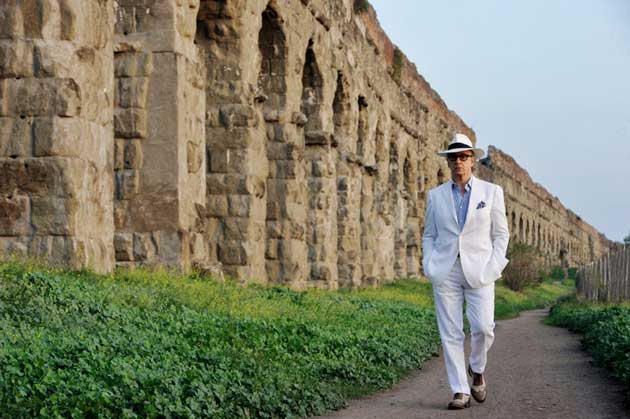
Part of the Appian Way Regional Park, the Parco degli Acquedotti is named after the ancient Roman stone water bridges that go through it. It retains a rustic air and is perfect for a picnic or to practice your photography skills. You will surely have noticed its distinctive looks in movies like La Dolce Vita or in La Grande Bellezza.
Municipal Rose Garden
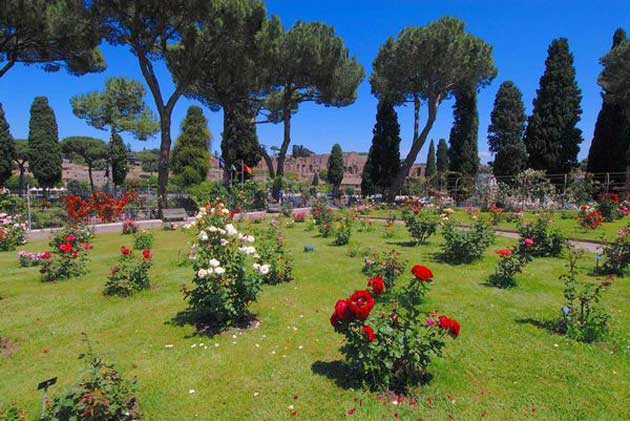
Located at the foot of the Aventine Hill, just above the Circus Maximus, this heavenly garden boasts more than one thousand species of roses from all five continents. This area was already devoted to flowers back in the 3rd century BC! Every May, Rome’s Rose Garden hosts the “Premio Roma”, honouring the newest, most beautiful, and most scented rose.
Centrale Montemartini
Situated on Via Ostiense, the Montemartini Power Plant is an extraordinary example of an industrial building transformed into an exhibition space. It was originally the first public electricity plant in Rome. Now it contains an outstanding collection of classical sculptures from the excavations carried out in Rome at the end of the nineteenth century and during the first decades of the twentieth.
Villa Torlonia
This is the most recent of the villas belonging to Rome’s nobility, yet it is particularly fascinating due to the originality of its English-style garden and to the whimsical follies in the surrounding park, including the House of the Owls with a collection of Art Nouveau glass.
Quartiere Coppedé
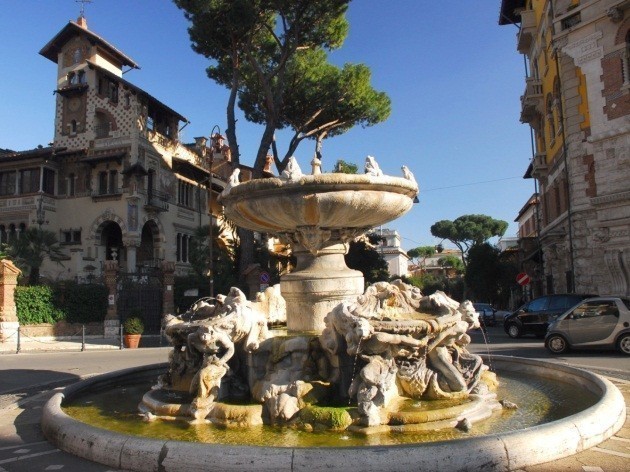
This corner of Rome is most surprising for its bizarre architecture – an amazing mixture of Liberty (or Italian Art Nouveau) and Art Deco works, with Greek, Gothic, Baroque and even Medieval influences. Located between Via Salaria and Via Nomentana, this complex was built between 1913 by 1926 by the eclectic architect Gino Coppedè.
Italian language course in Rome with Studiainitalia
Are you looking for an Italian language course in Rome? With Studiainitalia, you can learn Italian in the best language schools, with intensive courses composed of 20 lessons per week, available all year round. Get all the information you need about the courses, prices and accommodation options for your Italian course in Rome here.

